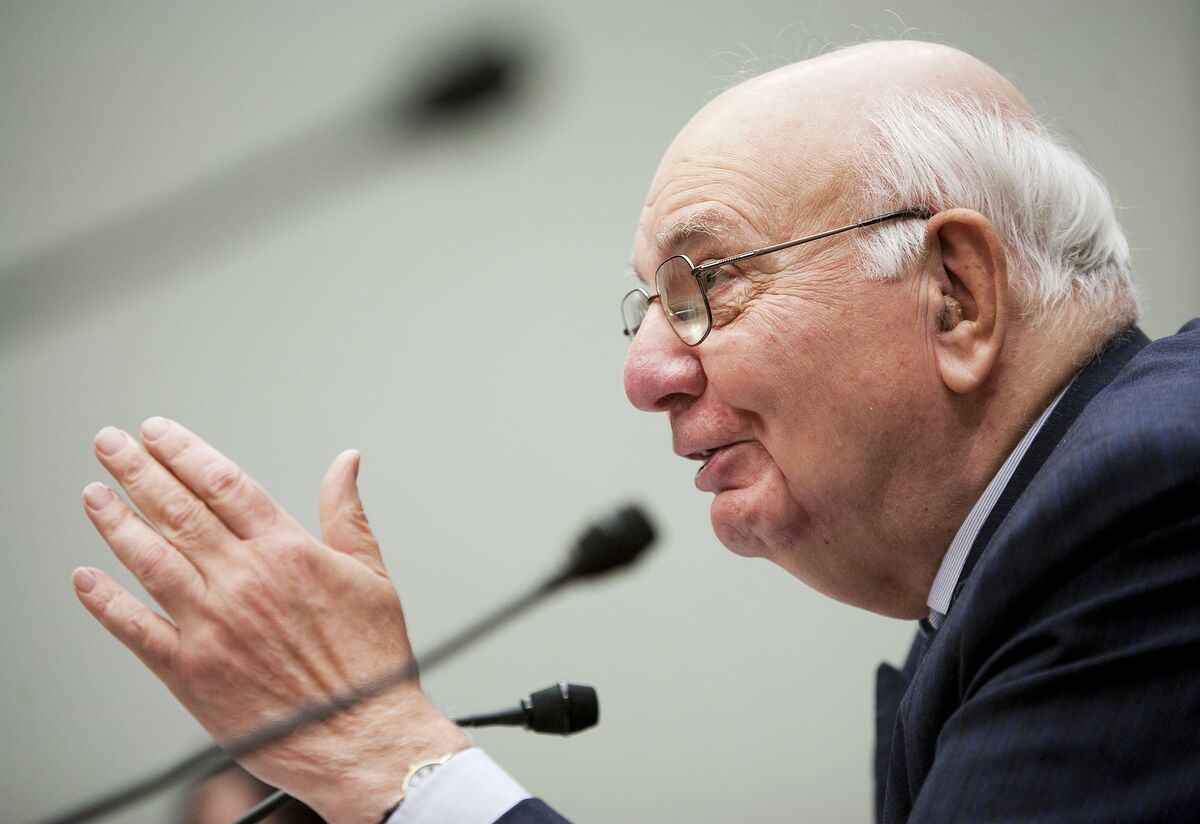Paul Volcker’s Fight Against Inflation
Paul Volcker, who passed away in 2019 at 92, is a central figure in the history of central banking. Volcker is best known for his decisive actions in the 1980s to combat soaring inflation in the U.S. By raising interest rates to as high as 21.5% in 1981, Volcker successfully curbed inflation, which had reached 15% in 1980. This move, however, came at the cost of a severe recession, high fiscal deficits, and unemployment rates exceeding 10%. Despite these costs, Volcker’s commitment to controlling inflation, even under intense political pressure, remains a defining aspect of his legacy.
Pakistan’s Struggle with Inflation
In recent years, Pakistan has faced inflationary pressures even more severe than those in the U.S. during Volcker’s time. The Russia-Ukraine conflict triggered a surge in inflation, peaking at 38% in May 2023 before easing to 17.3% in April. The State Bank of Pakistan decided to maintain interest rates at 22%, despite the high inflation, to mitigate further economic instability.
Impact on Vulnerable Populations
High inflation disproportionately affects the poor, who spend a significant portion of their income on necessities like food. Last year, food inflation in Pakistan reached an alarming 48%. While the country’s political turmoil is largely due to structural issues, the sustained high inflation likely exacerbates social unrest.
Historical Lessons on Inflation
History shows that extreme inflation can have devastating social impacts. For example, in 1920s Germany, hyperinflation contributed to the rise of Adolf Hitler. Economists agree that high inflation harms society, but they debate the best methods to control it. Some suggest targeting money supply rather than relying solely on high interest rates, while others point out that supply-side issues also drive inflation.
Economic Costs of High Interest Rates
High interest rates can slow economic growth and hinder job creation. This concern led to scrutiny of the State Bank of Pakistan’s decision to keep rates high. Some analysts argue for lowering rates to stimulate economic growth.
Factors Supporting Pakistan’s Decision
Several factors support the central bank’s decision to maintain current interest rates:
- Global Inflation Trends: Inflation remains higher than expected in major economies like the U.S. and UK, which can drive up global commodity prices and affect emerging economies.
- Geopolitical Tensions: Rising geopolitical tensions and protectionist measures, such as the U.S. imposing a 100% tariff on Chinese electric vehicles, contribute to global economic fragmentation and inflation.
- Currency Stability: Lowering interest rates could devalue the Pakistani rupee as investors seek higher returns elsewhere, a phenomenon known as the ‘carry trade.’ Unlike Japan, Pakistan lacks the forex reserves to intervene effectively in the currency market.
- Base Effect on Inflation: The reported decrease in inflation to 17.3% is partly due to the ‘base effect,’ where high prices from the previous year make current increases seem smaller. Prices continue to rise, straining household budgets.
Conclusion: The Need for Independent Central Banking
Given these considerations, Pakistan’s central bankers were justified in maintaining current interest rates. If favorable economic trends continue, there may be room to reduce rates in the future. The key takeaway is that central bankers must remain independent and make decisions based on long-term economic stability, much like Paul Volcker did during his tenure.



